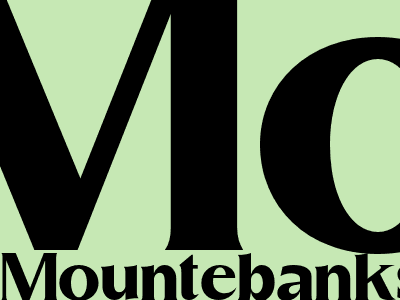Mountebanks: A Journey Through the Labyrinth of Deception and Trickery
Unveiling the Enigma of Mountebanks: A Historical Perspective
Throughout the annals of history, mountebanks have captivated audiences with their cunning performances and dubious remedies. Embodying the archetype of the trickster, these itinerant performers have plied their trade in marketplaces, fairs, and street corners, leaving behind a legacy of both fascination and skepticism.
The origins of mountebanks can be traced back to ancient Greece, where they were known as "gypsies" or "wandering healers." In the Middle Ages, they became a common sight in Europe, peddling potions, elixirs, and dubious medical treatments.
The Art of Deception: Unraveling the Mountebanks' Tactics
Mountebanks employed a wide array of tactics to deceive their audiences. They used exaggerated claims, sleight of hand, and a captivating stage presence to create an illusion of credibility.
Their performances often involved juggling, acrobatics, and the use of props to distract the audience from the trickery they were perpetrating. They also relied on wordplay, misdirection, and appeals to emotion to sway their victims.
The Psychology of Deception: Exploring the Motivations Behind Mountebanks' Actions
The motivations behind mountebanks' deceptive practices are complex and varied. Some were driven by a genuine desire to help others, while others sought financial gain or notoriety.
They often preyed on the gullibility and desperation of those in need, offering false hope and empty promises. However, some mountebanks also possessed genuine medical knowledge and used their skills to provide relief to the sick and injured.
The Legacy of Mountebanks: A Cautionary Tale of Trust and Deception
The legacy of mountebanks serves as a cautionary tale about the dangers of unchecked deception and the importance of critical thinking.
Their performances exposed the vulnerabilities of human nature, revealing our susceptibility to manipulation and the allure of quick fixes. They also highlighted the need for skepticism and the importance of seeking reliable information from credible sources.
Modern-Day Mountebanks: Deception in the Digital Age
While the traditional mountebank has weitgehend disappeared, their legacy lives on in the form of modern-day tricksters and con artists who use new technologies to perpetrate their schemes.
Online scams, fake news, and phishing emails are just a few examples of the deceptive practices that continue to flourish in the digital age. These tactics rely on the same principles of deception and manipulation that mountebanks have employed for centuries.
Protecting Yourself from Deception: A Guide to Critical Thinking and Skepticism
To protect yourself from deception, it is essential to cultivate critical thinking skills and maintain a healthy dose of skepticism.
- Question claims and assertions, especially those that seem too good to be true.
- Seek out multiple sources of information to verify facts and claims.
- Be aware of your own biases and preconceptions.
- Don't be afraid to challenge authority figures or popular beliefs.
- Educate yourself about common scams and deceptive practices.
Conclusion: Embracing Truth in the Shadows of Deception
The world of mountebanks is a labyrinth of deception and trickery, a testament to the human capacity for both ingenuity and dishonesty.
By understanding the tactics of mountebanks, both past and present, we can arm ourselves against their deceptive practices. Through critical thinking, skepticism, and a commitment to truth, we can navigate the shadows of deception and embrace the light of knowledge.

Komentar